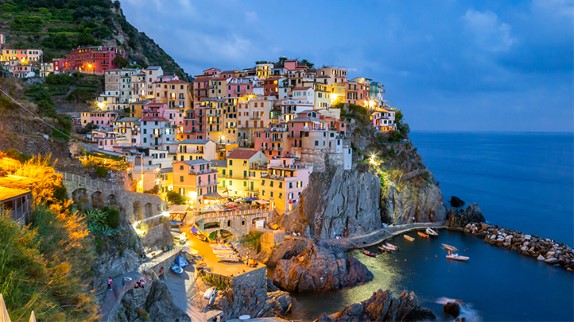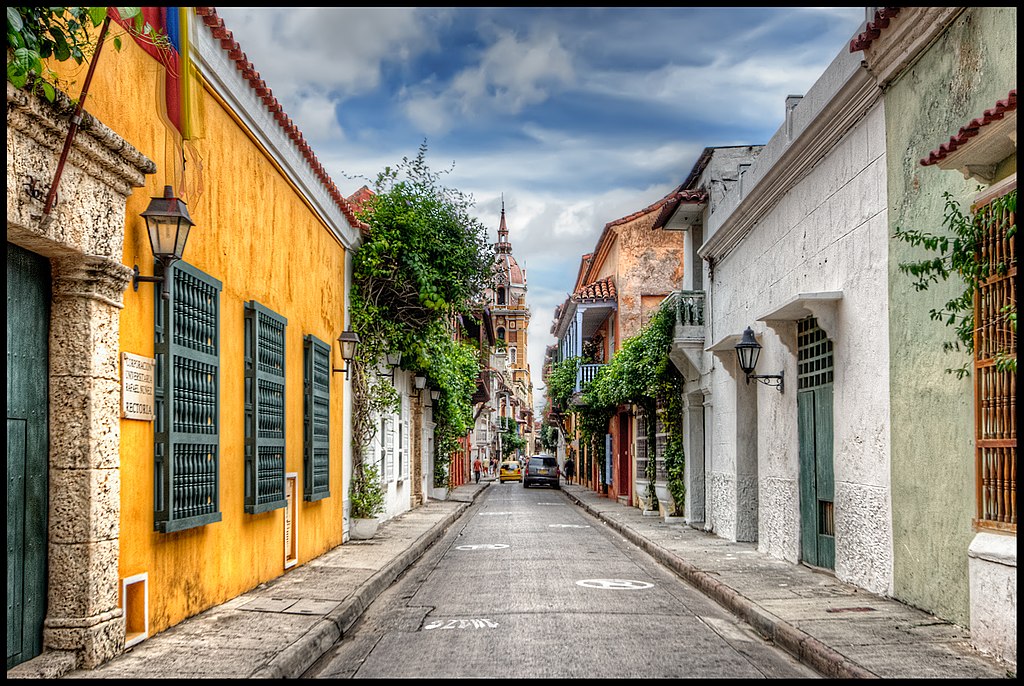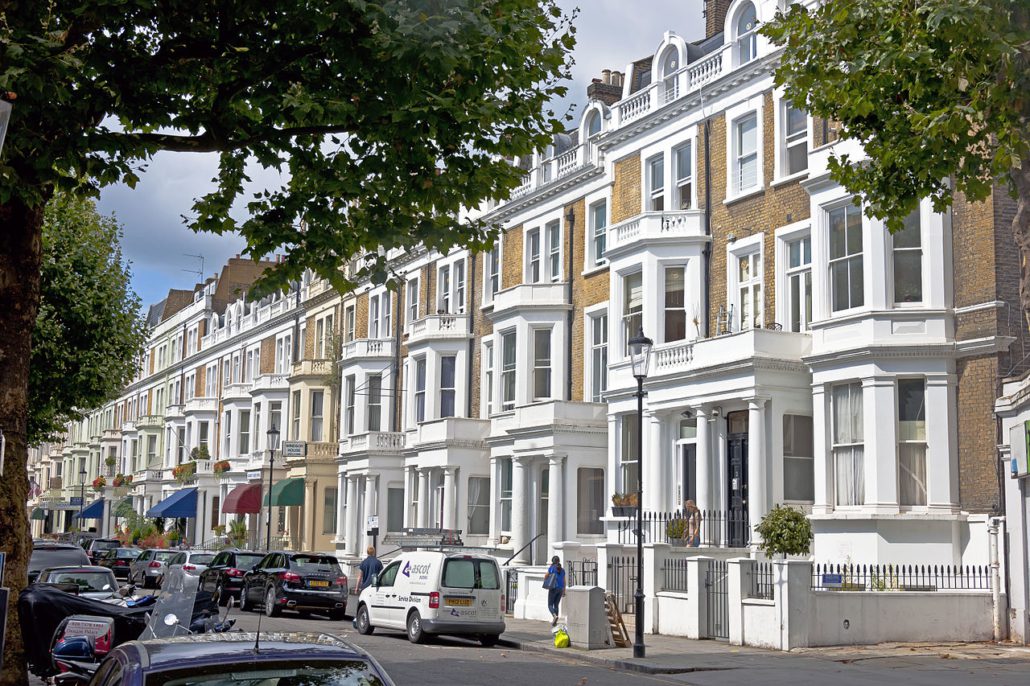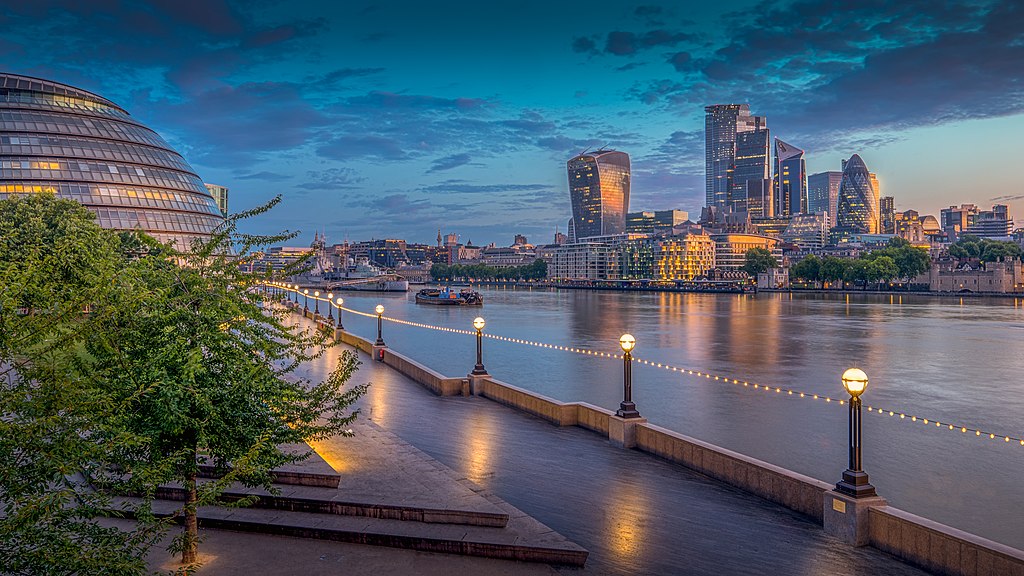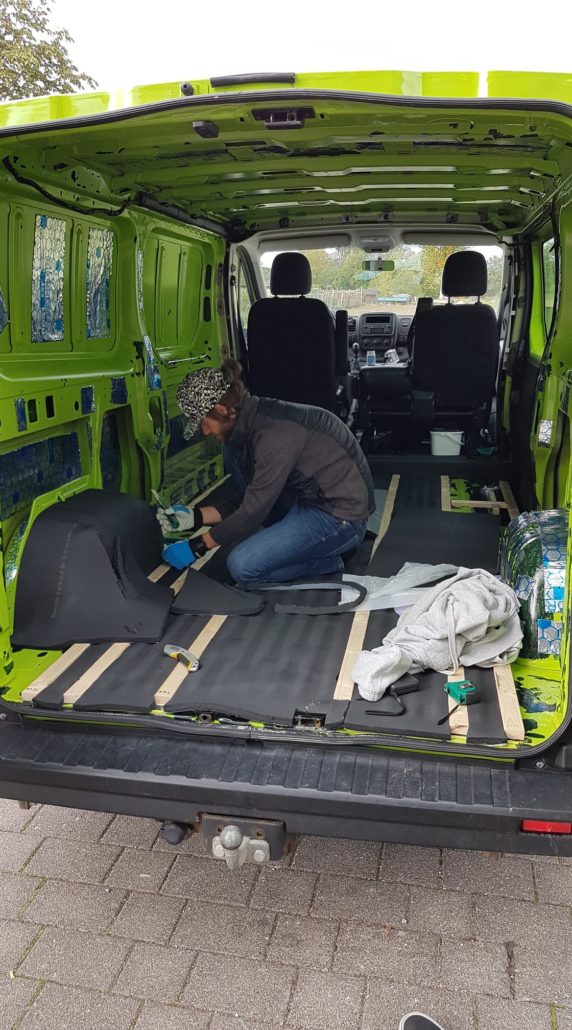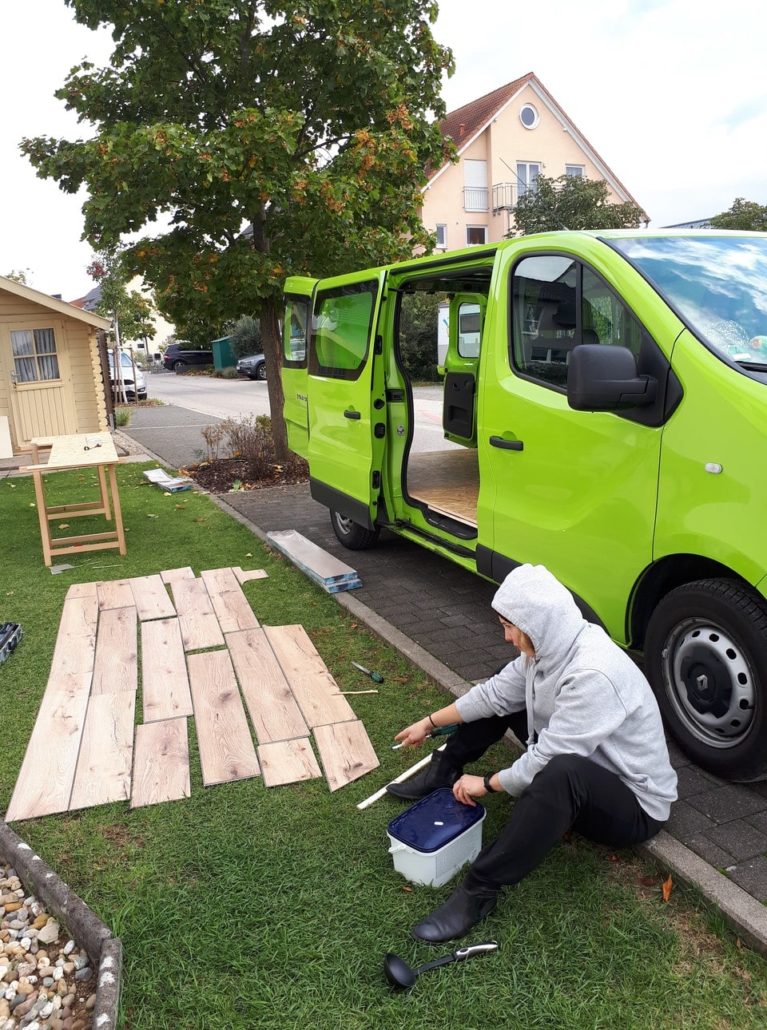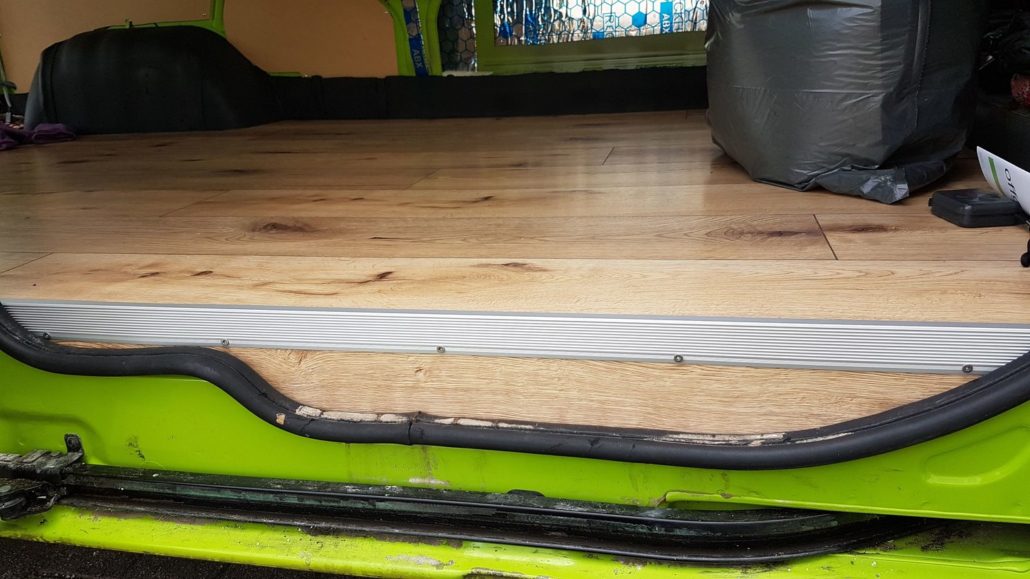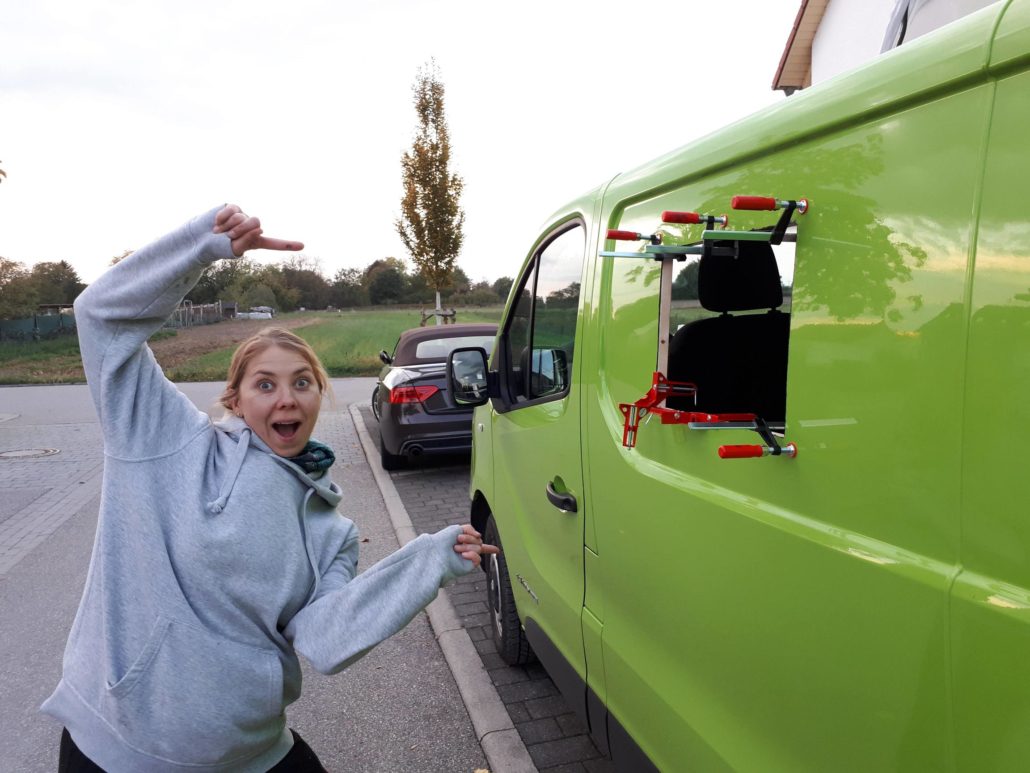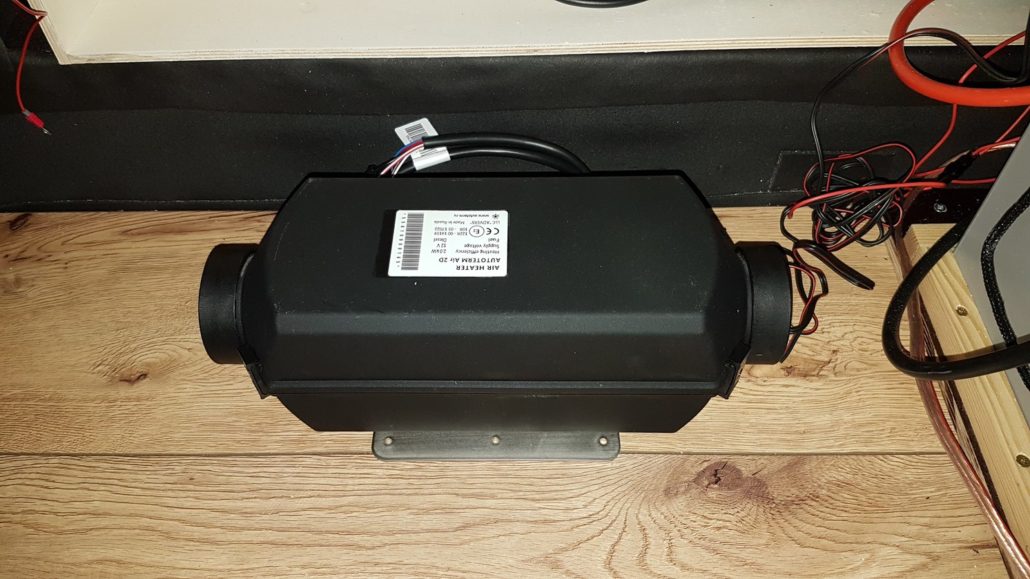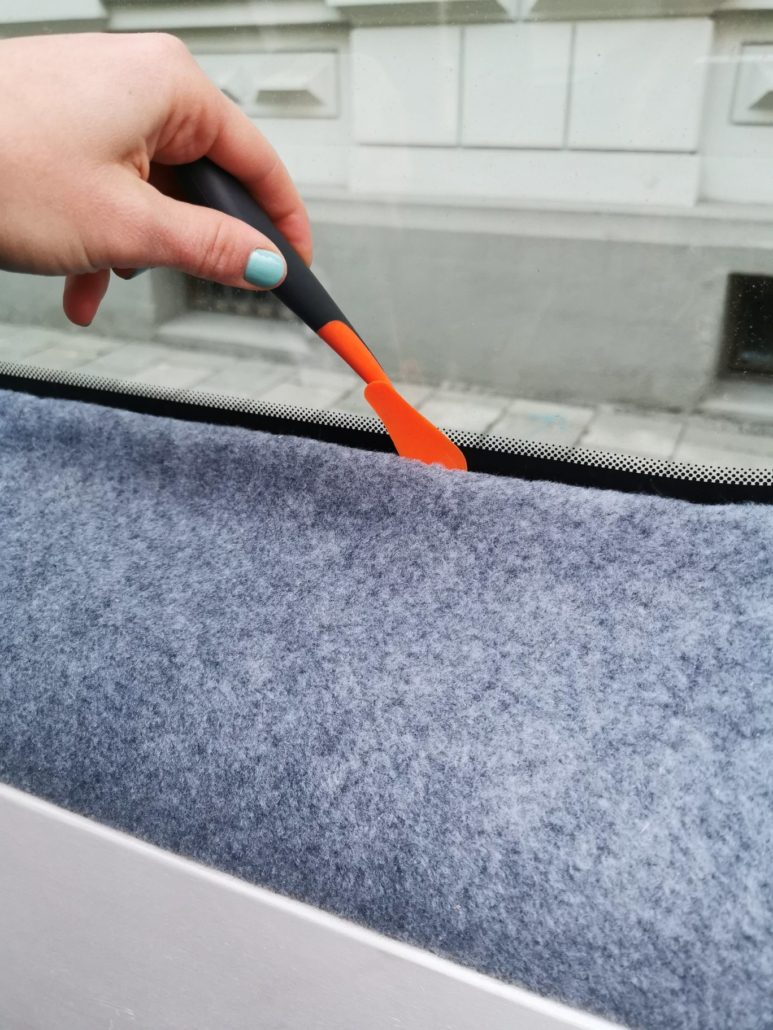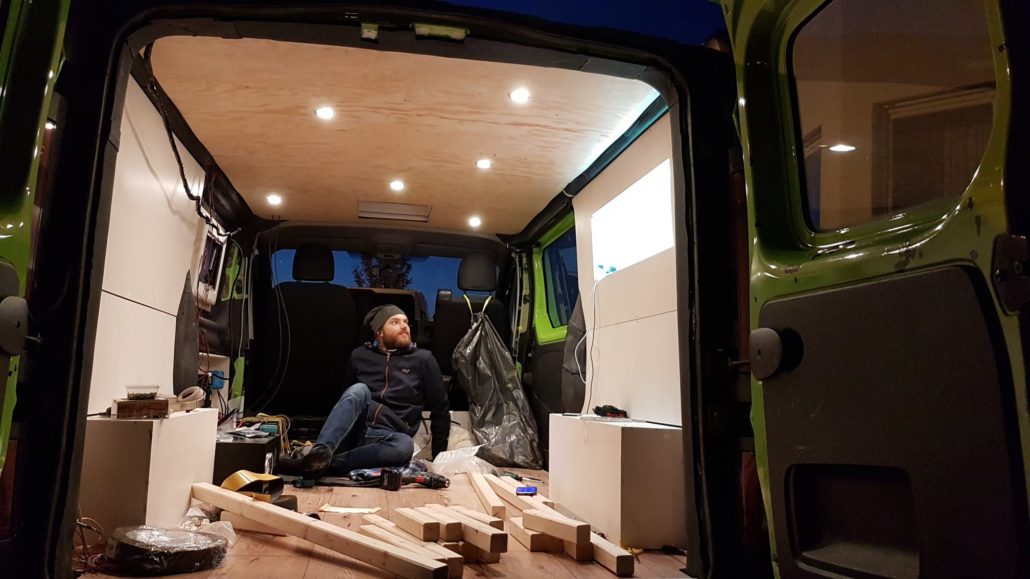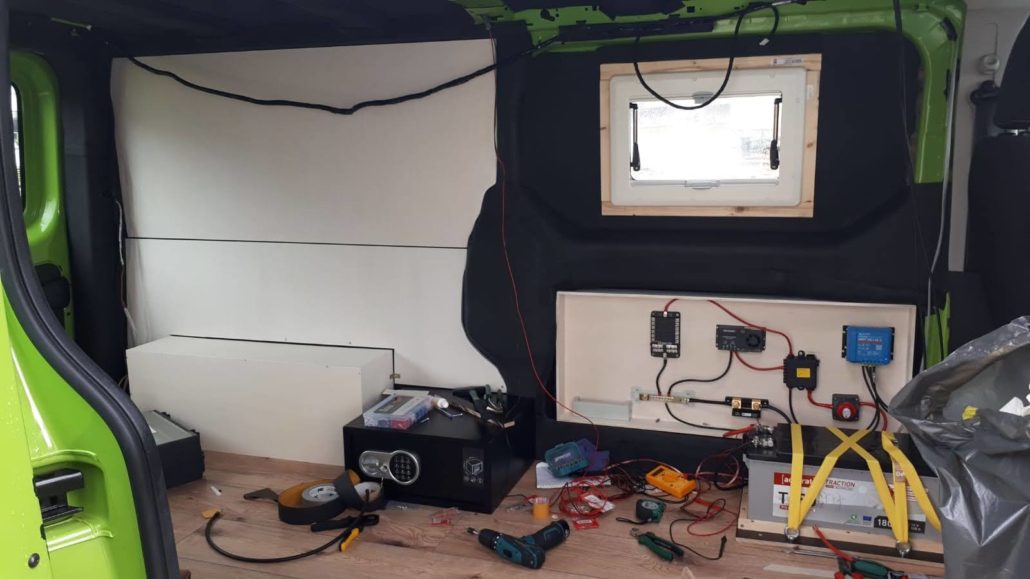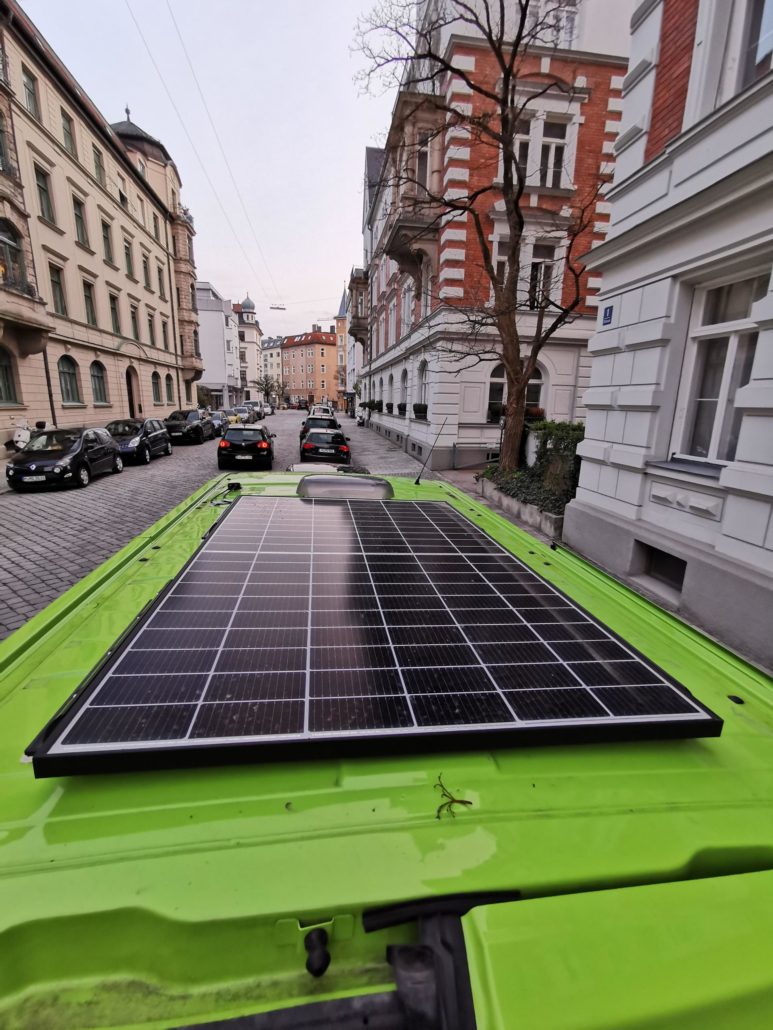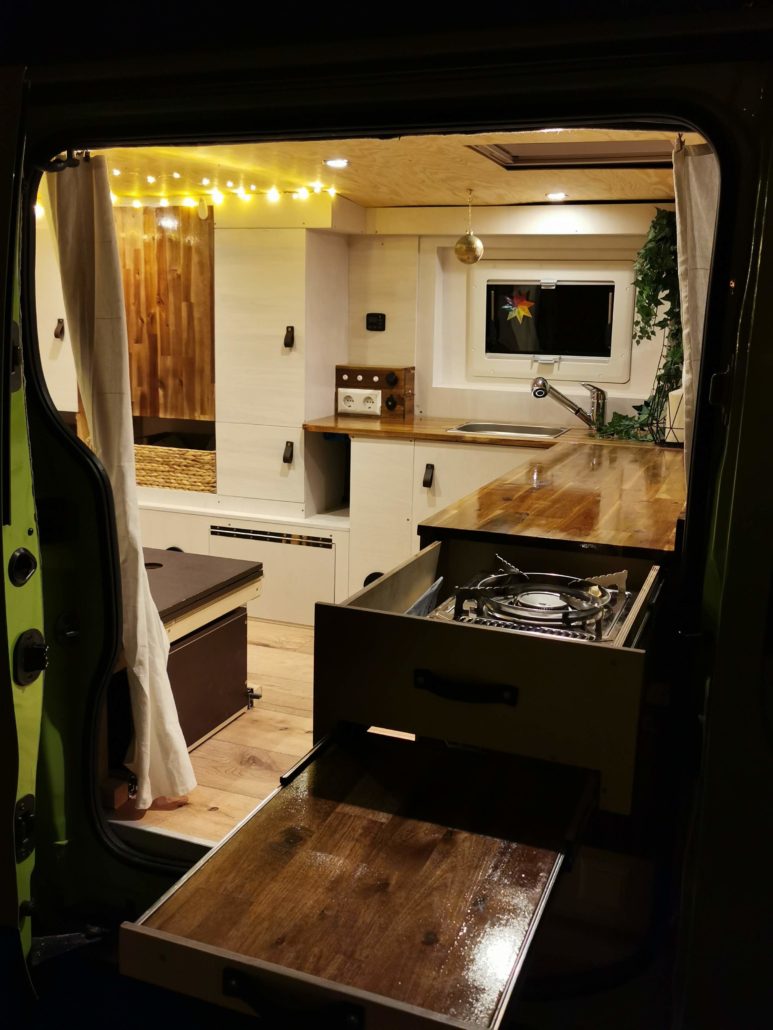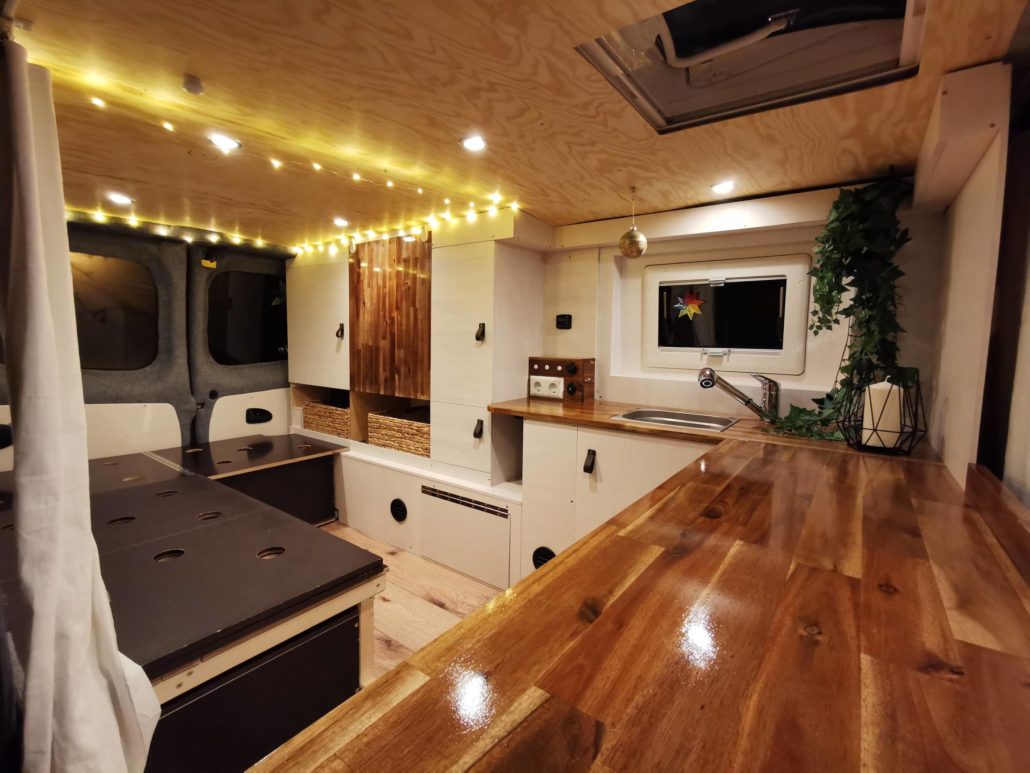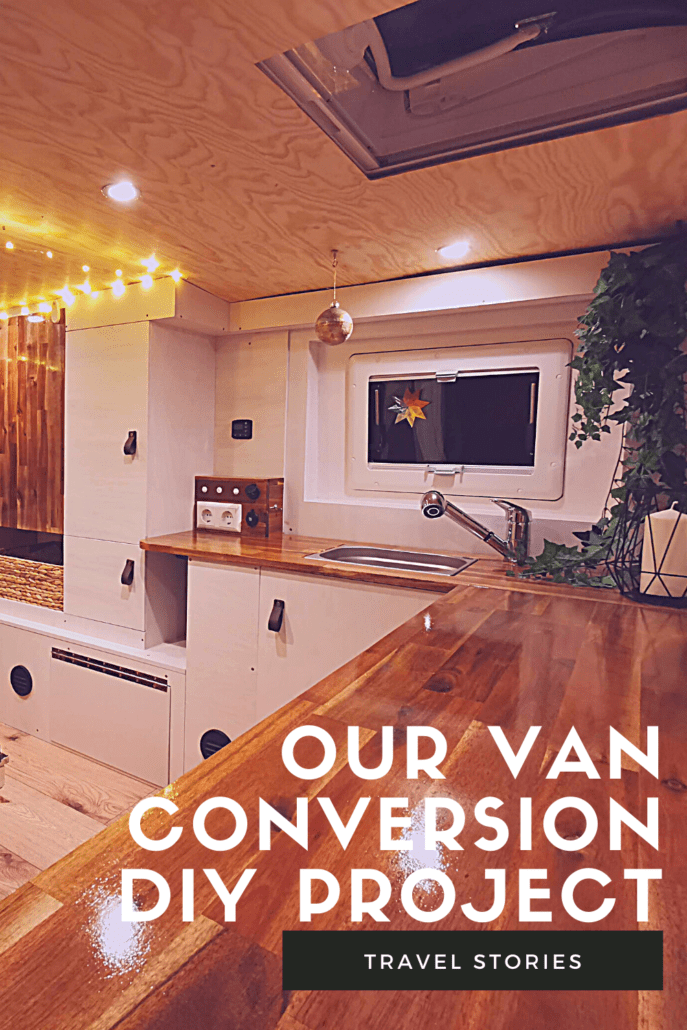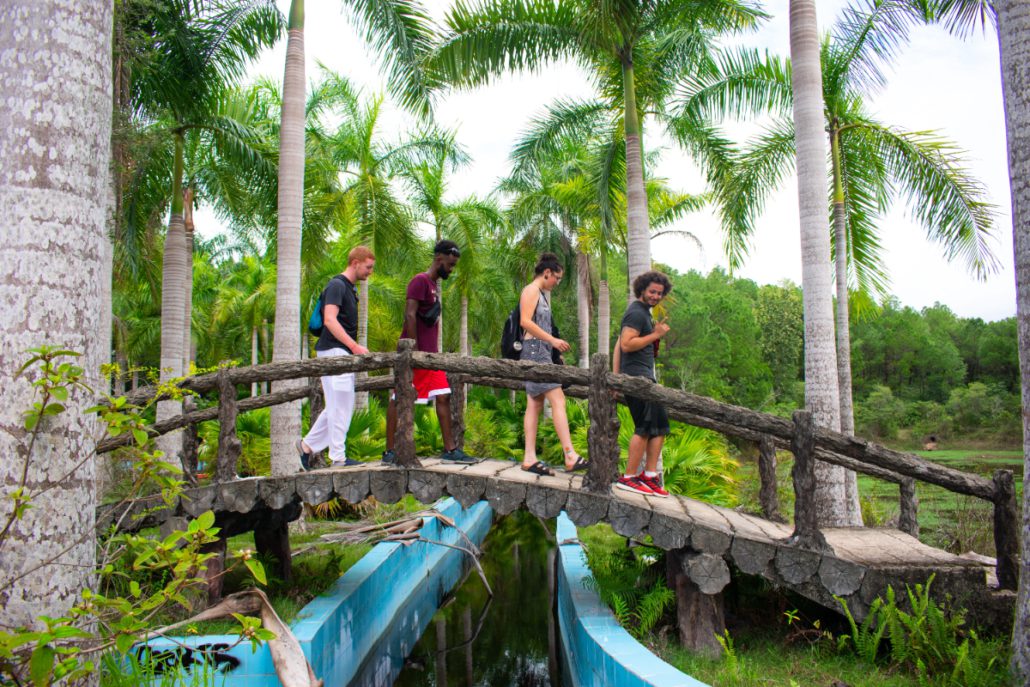People go backpacking for any number of reasons. The genre really got off the ground in the late 1960s when hippies headed east in search of spiritual enlightenment, and by the 1980s, taking a year off to explore Australia or Latin America became almost a rite of passage.
Recent years have seen the rise of more niche backpacking trips, including long-distance hiking, visiting historic sites such as battlefields and especially sports. Every year, for example, thousands of English cricket fans follow their team to exotic destinations such as the West Indies, New Zealand and Sri Lanka, combining their sporting passion with exploring distant lands on the cheap.
The same goes for hardcore horse racing fans. The Sport of Kings boasts a long history not just in the US and the UK but around the world, and fans are willing to travel long distances to see the best races while at the same time poking around the towns and cities which play host to them.
We’ve picked three examples of great travel locations which boast classic horse racing along with plenty of other things to do and see to keep backpackers occupied during their short stay there.
Lexington

Let’s start close to home and Lexington, Kentucky. Imagine combining history and horses in one short trip! They have been distilling bourbon, a type of corn whisky which takes its name from a French royal family, in the region for almost 150 years now, and Lexington sits at the very heart with a large number of distilleries to visit. The Buffalo Trace Distillery on the Kentucky River is one of the oldest in the land and even stayed open during prohibition. As for history, take time to visit Mary Todd Lincoln House, one-time home to the wife of Abraham Lincoln, before a peaceful stroll around the peaceful Lexington Cemetry, home to three lakes, 179 species of birds and more than 200 types of trees as well as being the final resting place of many a famous Kentuckian.
Then there are the horses! Whether it’s horse farms, museums, studs or the world-famous Churchill Downs, home of the Kentucky Derby, in nearby Louisville, the equine world runs through the Kentucky DNA. Closer to Lexington itself is Keeneland which frequently plays host to the Breeder’s Cup, one of the biggest events on the US racing calendar. This year, Medina Spirit will be hoping to improve on second place in 2021, and put the disappointment of Ketucky Derby disqualification in the
Melbourne
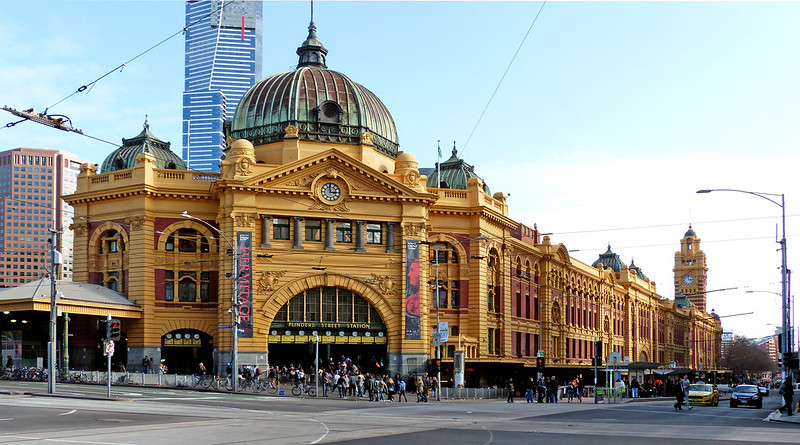
Melbourne’s Central Station
As mentioned earlier, there is a long tradition of backpacking in Australia. The vast distances involved, the natural beauty and the relative ease of getting around continue to entice travelers from around the world looking for an adventurous or sporting break. As the capital of the state of Victoria, Melbourne’s cosmopolitan population has left its mark on the city’s dining options, with Greek, Italian, Chinese and Vietnamese restaurants proving to be very popular. Then there are its natural attractions, including the spectacular Great Ocean Road with its beaches and bays as well as the Twelve Apostles, stunning rock formations jutting up from the ocean.
But Melbourne is also sports-daft! It hosts the Formula 1 Grand Prix, the Australian Open in tennis and its own local games; Australian Rules Football often attracts attendances in excess of 60,000, while the official website Visit Victoria lists many other orthodox and less orthodox activities. But everything comes to a halt on one day in November when the Melbourne Cup hits Flemington. With many of the Covid-19 restrictions now behind us, race organizers can be looking forward to crowds of 80-90,000 returning for the biggest horse racing event in the Southern Hemisphere. And those crowds will be witnessing the favorite in the Ladbrokes horse racing odds, Loft, attempting to secure the $4.4 million prize. Whilst his stable will be expecting the win, the Melbourne Cup often serves up a shock, especially in 2009 when Shocking won, and it is this uncertainty which makes the race so special.
Ascot
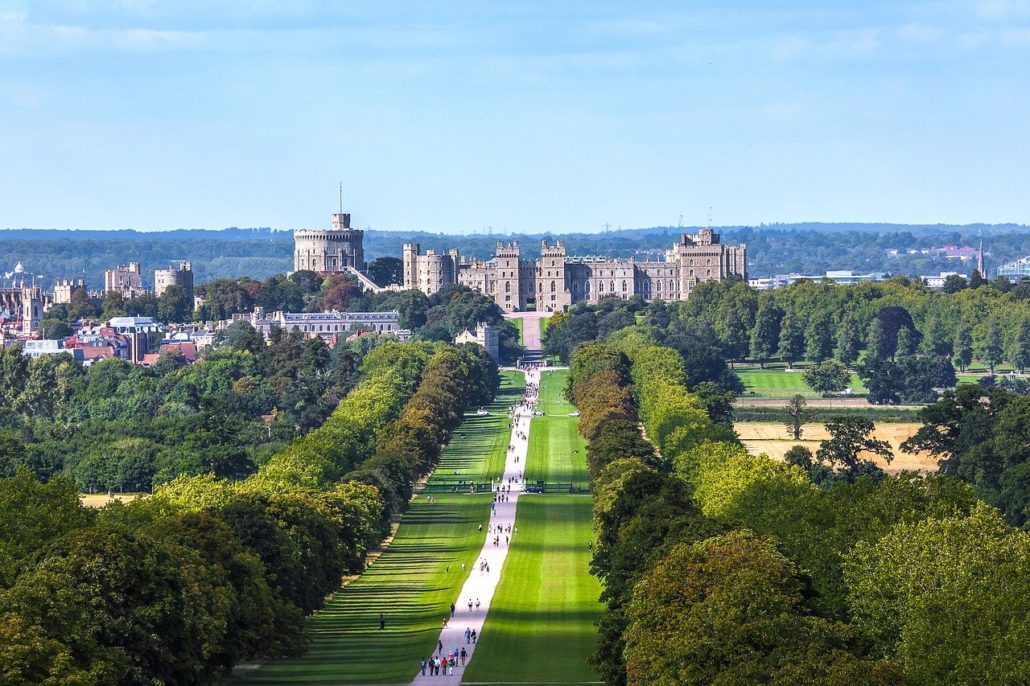
Check out some horse racing near historic Windsor Castle
Ascot, a small, nondescript town just outside of London, sits in the Royal Borough of Windsor and Maidenhead, and it is that regal link which explains its worldwide fame. A short drive up the road sits the impressive Windsor Castle, nigh on 1,000 years of British history lies behind its thick walls and the expansive Windsor Great Park, originally laid out as a private hunting ground for the folks in the castle but now a delightful place for a walk. On the opposite bank of the River Thames is the elite Eton College, where future politicians and inheritors of royal seats receive their expensive education.
Ascot comes alive every June for the Royal Meeting, one of the highlights of the British social calendar. Britain’s pomp and ceremony vie for attention with the racing as each day of the meet starts with the Royal Procession when the Royal Family arrive and take their place in the exclusive Royal Enclosure. But away from the pageantry and the dressing up, the meet offers up some of the finest races in the world, including the prestigious Gold Cup and the Diamond Jubilee Stakes and the most budget-friendly place to watch these races is in the Windsor Enclosure, which provides a more informal environment. After witnessing the British all dressed up, head back to Windsor and enjoy a meal on the Thames as the sunsets on another exciting day out.
Backpacking started off as a cheap form of travel where interacting with local communities was just as important as visiting a museum. Themed trips such as those mentioned above continue that fine tradition.


